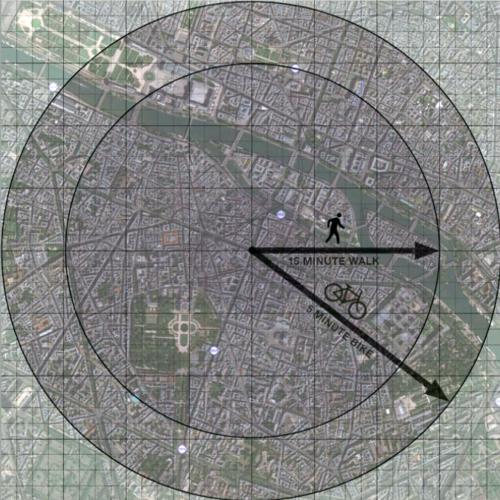Research & Article

Using Space Syntax to Rediscover Metro Manila’s Old Urbanism Retrofitting a City-Region for Sustainability and Resilience
By Leandro Nicholas Rañoa Poco
Published on 13 May 2024
Urban Planning and Management
Location of original sources
Journal of the Siam Society (JSS) Vol. 111 No. 2 (2023)
Download
The sustainability of the built environment is reliant on the spatial configuration of our towns and cities. The post-war, car-centric suburban expansion of cities like Metro Manila must be retrofitted to adapt our built environment into something more sustainable and resilient to climate change and man-made disasters. New Urbanism distils concepts that can be used as best practices to retrofit suburbia and create new settlements that recall traditional towns and cities, but with mixed results. Some have argued that New Urbanism is historicist, and merely another way of creating new gated communities, while some have questioned the success of its application in retrofitting existing suburbs. An extension of New Urbanism is the discourse of the Fifteen-Minute City, which attracted renewed attention as a reaction to lockdowns brought about by the COVID pandemic. Distances covered by pedestrian and cycling journeys are used to define the Fifteen-Minute city.
This paper uses space syntax, a set of techniques for analyzing urban space, to analyze the “old” urbanism of Metro Manila and discover the latent spatial configuration. The findings add some quantitative detail to the discourse on the Fifteen-Minute City and New Urbanism, which can guide the retrofitting of city-regions like Metro Manila. New Urbanism needs to learn quantitatively from “Old” Urbanism to rediscover how to create sustainable and resilient cities.